
Pathankot, located at the meeting point of Punjab, Himachal Pradesh, and Jammu & Kashmir, is a charming city known for its strategic location and natural beauty. Surrounded by the Shivalik ranges and lush greenery, it serves as a gateway to the picturesque hill stations of Himachal and the valleys of Jammu & Kashmir. The city also has historical significance, with several forts, temples, and heritage sites reflecting its rich past.
One of the prominent attractions in Pathankot is the Nurpur Fort, which offers a glimpse into medieval architecture and history. The Mukteshwar Temple, located nearby, is a spiritual spot dedicated to Lord Shiva and draws numerous devotees. Ranjit Sagar Dam, one of the largest hydroelectric projects in North India, is another must-visit, offering scenic views and a peaceful environment.
Apart from its tourist spots, Pathankot is also known for its vibrant markets, where visitors can shop for traditional Punjabi attire, handicrafts, and local delicacies. Its location makes it a perfect stopover for travelers heading to Dharamshala, Dalhousie, and Kangra Valley.
Pathankot also offers a unique blend of cultures due to its proximity to different states, which is reflected in its food, festivals, and lifestyle. Visitors can relish authentic Punjabi cuisine alongside Himachali and Dogri flavors, making it a delightful destination for food lovers. Its warm hospitality and peaceful surroundings make it not just a transit city but also a place worth exploring in its own right.
Best time to visit: October to March
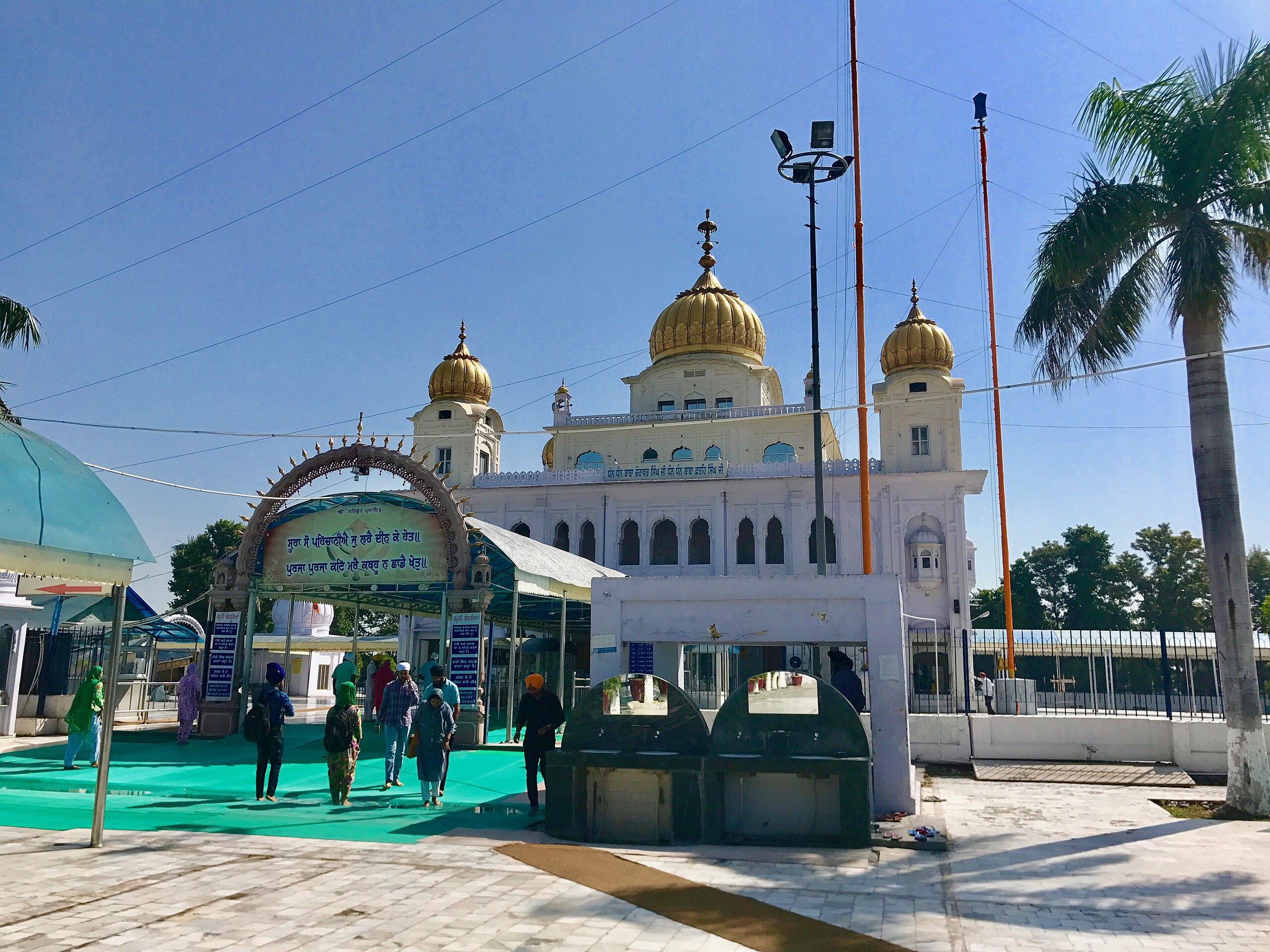
Sirhind, located in the Fatehgarh Sahib district of Punjab, is a town of immense historical and religious importance. Once a prominent administrative center during the Mughal era, it is best known for its connection to Sikh history, especially the martyrdom of the younger Sahibzadas (sons of Guru Gobind Singh Ji). The Fatehgarh Sahib Gurdwara stands as a solemn memorial to their sacrifice, attracting pilgrims from across the world.
Apart from its Sikh heritage, Sirhind is home to several Mughal-era architectural marvels such as the Tomb of Ustad and Shagird and the Aam Khas Bagh, showcasing the grandeur of medieval art and craftsmanship. These historical sites provide a fascinating glimpse into the town’s past and its role as a cultural crossroads.
Sirhind also holds a special place in the spiritual landscape of Punjab due to its association with numerous saints and scholars. The annual Shaheedi Jor Mela, commemorating the Sahibzadas, transforms the town into a vibrant hub of devotion and unity. The best time to visit Sirhind is from October to March, when the weather is pleasant for sightseeing and outdoor activities.
In recent years, Sirhind has also developed as an educational and cultural center, with institutions and local initiatives working to preserve its rich heritage. The town’s markets offer a blend of traditional Punjabi crafts, fabrics, and cuisine, allowing visitors to experience authentic local flavors alongside their historical explorations. Its combination of spiritual significance, architectural beauty, and warm hospitality makes Sirhind a rewarding destination for both history enthusiasts and cultural travelers alike.
Best time to visit: October to March
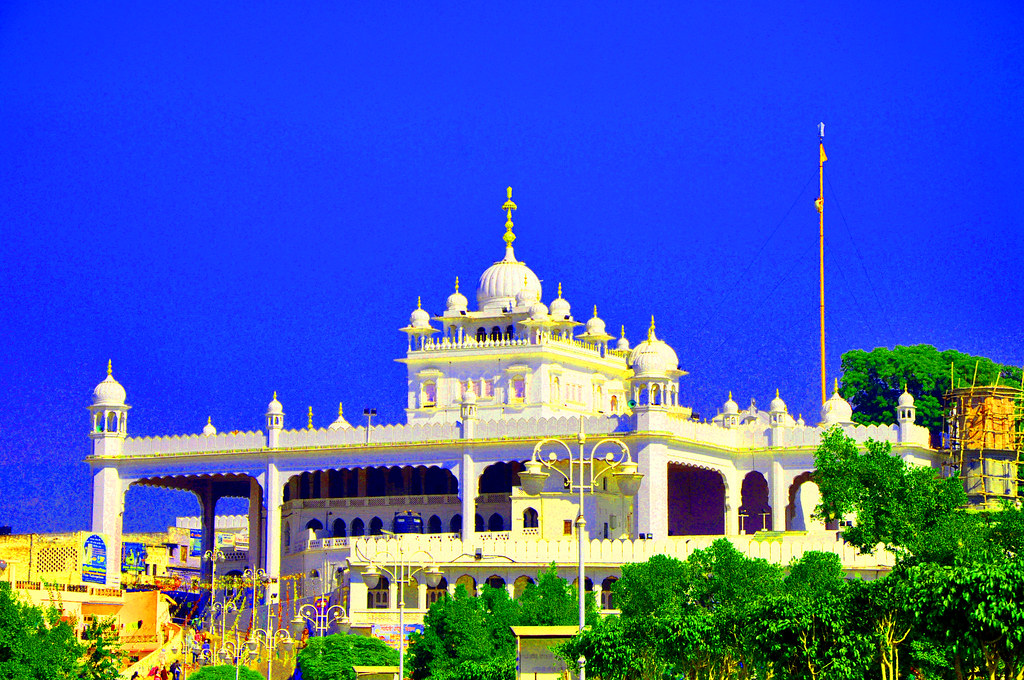
Anandpur Sahib, located in the Rupnagar district of Punjab, is one of the most important sacred places for Sikhs. Known as the “Holy City of Bliss,” it was founded in 1665 by Guru Tegh Bahadur, the ninth Sikh Guru. The city holds deep historical and spiritual significance as it was here that Guru Gobind Singh, the tenth Sikh Guru, founded the Khalsa in 1699, marking a defining moment in Sikh history.
Apart from its religious significance, Anandpur Sahib is surrounded by scenic hills and the Sutlej River, offering a peaceful environment for visitors. The city is dotted with historic gurdwaras, including Takht Sri Keshgarh Sahib, one of the five Takhts (seats of authority) in Sikhism. The architecture of these gurdwaras reflects a blend of spiritual grandeur and cultural heritage.
One of the biggest attractions in Anandpur Sahib is the Hola Mohalla festival, celebrated a day after Holi. This vibrant festival, started by Guru Gobind Singh himself, showcases Sikh martial arts (Gatka), horse riding, mock battles, and devotional music, attracting thousands of devotees and tourists from around the world. The energy, devotion, and traditions on display make it a once-in-a-lifetime experience.
Anandpur Sahib is not just a pilgrimage site but also a place that offers a glimpse into Sikh culture and traditions through its museums and heritage sites. The Virasat-e-Khalsa Museum is a must-visit, showcasing the rich history of Sikhism through modern exhibits, light shows, and immersive storytelling. The peaceful ghats by the Sutlej River and the surrounding Shivalik hills add a natural charm, making it a perfect blend of spirituality, history, and scenic beauty.
Best time to visit: November to March
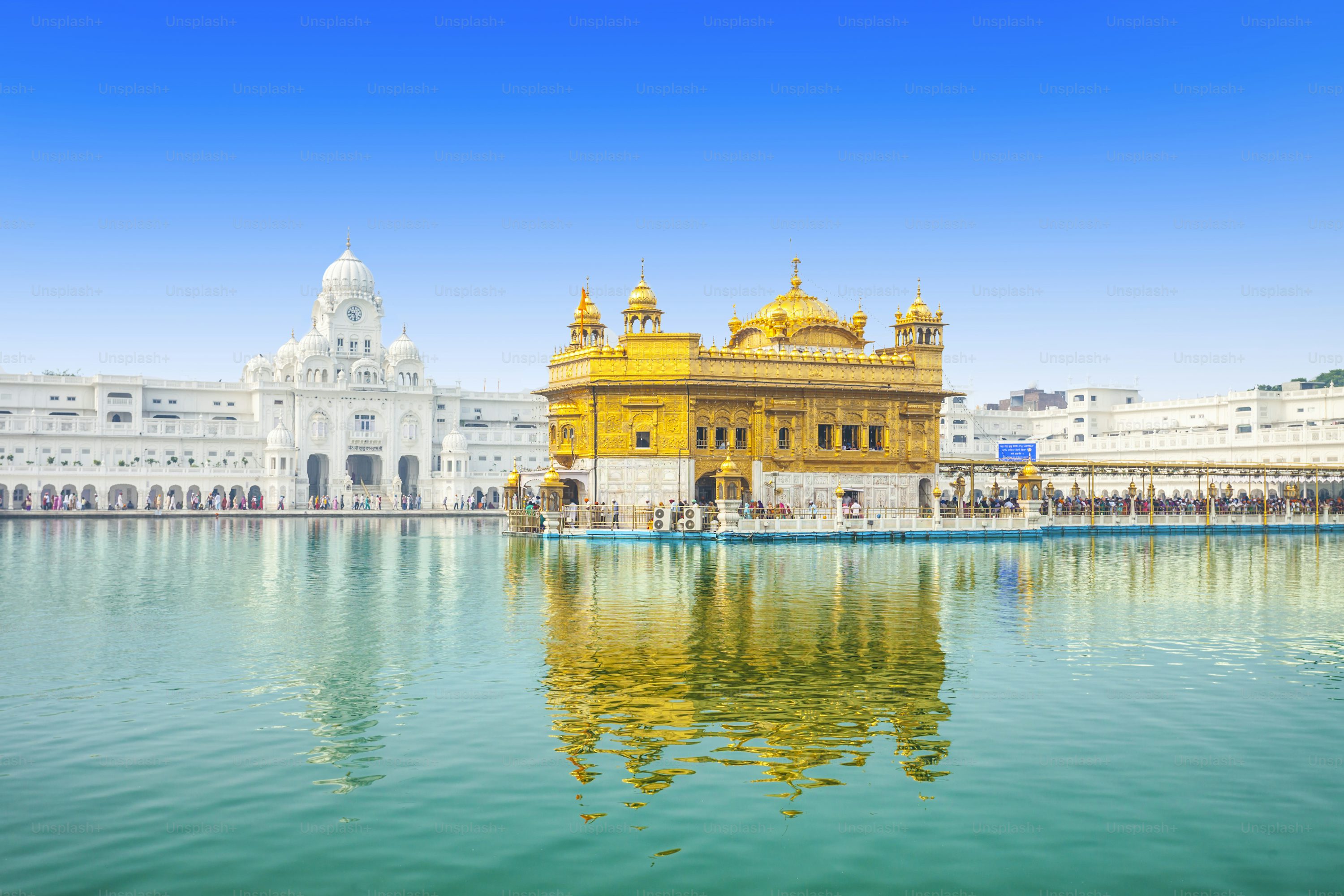
The Golden Temple, also known as Harmandir Sahib, is the most revered spiritual site of Sikhism, located in the heart of Amritsar, Punjab. Built in the 16th century by Guru Arjan Dev Ji, it symbolizes equality, humility, and brotherhood. The temple’s stunning architecture blends Hindu and Islamic styles, with its gold-plated sanctum shimmering in the middle of the sacred Amrit Sarovar (holy tank). Pilgrims from across the globe visit to experience its peaceful aura and participate in prayers and hymns that resonate throughout the complex.
One of the most remarkable aspects of the Golden Temple is its Langar (community kitchen), which serves free meals to thousands of visitors daily, regardless of religion, caste, or background. This tradition, started by Guru Nanak Dev Ji, emphasizes the Sikh principle of “seva” (selfless service) and unity. The sight of volunteers tirelessly cooking, serving, and cleaning is deeply humbling and inspiring for all who visit.
The temple looks especially breathtaking during sunrise and sunset, when the golden façade reflects beautifully in the surrounding water. At night, the illuminated shrine, set against the calm waters of the Sarovar, creates an unforgettable view. Visitors can also explore the Sikh Museum and Akal Takht within the temple complex, which provide deeper insights into Sikh history and traditions.
Best time to visit: October to March
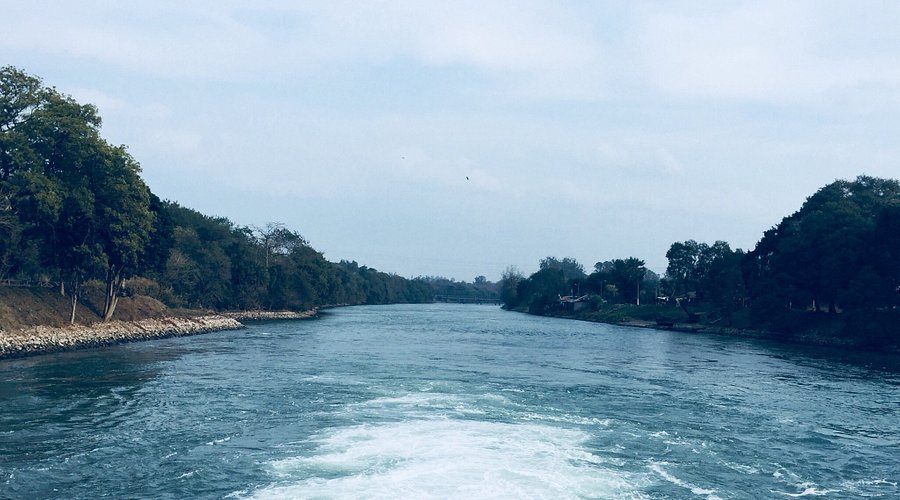
Ropar Wetlands, also known as Ropar Lake, is a man-made freshwater wetland located in Punjab, near the town of Rupnagar. Created in 1952 with the construction of a barrage on the Sutlej River, it is recognized as a Ramsar site for its ecological importance. The wetland plays a vital role in supporting biodiversity, providing habitat for a variety of flora and fauna, and serving as a resting place for migratory birds during their seasonal journeys.
The area is home to more than 250 species of birds, including several rare and endangered species, making it a paradise for birdwatchers and nature lovers. Apart from avian life, the wetland supports fish, reptiles, and amphibians, contributing to its rich ecosystem. Its lush surroundings and serene water make it a peaceful getaway for visitors seeking a break from busy city life.
Ropar Wetlands is not just a haven for wildlife but also an important spot for environmental education and research. Various studies are conducted here to monitor ecological changes and preserve the wetland’s biodiversity. Visitors often come for nature walks, photography, and boating, making it an enjoyable spot for eco-tourism.
In addition to its natural beauty, the wetland holds historical significance due to its location near ancient Harappan archaeological sites. This blend of natural and cultural heritage makes it an attractive destination for those interested in both history and nature.
Best time to visit: November to March
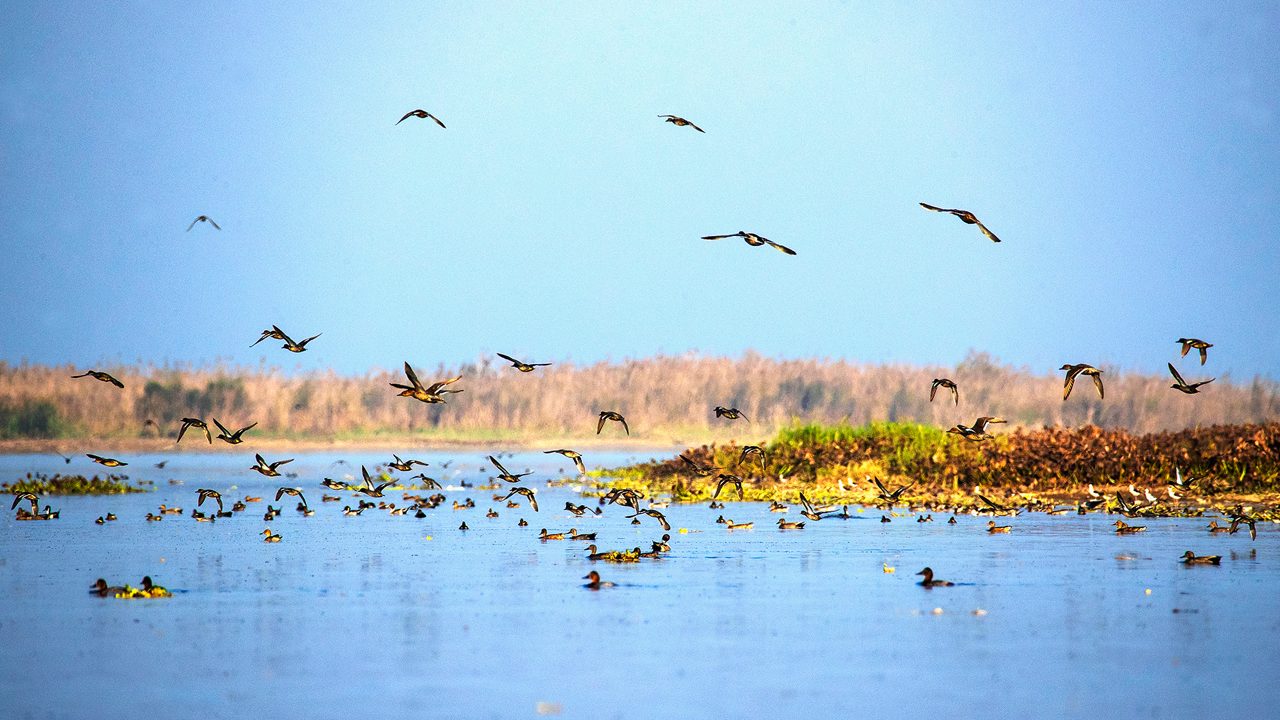
Harike Wetland and Bird Sanctuary, located at the confluence of the Beas and Sutlej rivers, is the largest wetland in northern India. Spread across the districts of Tarn Taran, Ferozepur, and Kapurthala in Punjab, it was declared a sanctuary in 1982 and later recognized as a Ramsar site for its ecological significance. This freshwater wetland is a thriving ecosystem that supports a diverse range of flora and fauna, making it a vital habitat for wildlife conservation.
The sanctuary is particularly famous for being a winter haven for migratory birds that travel from as far as Siberia, Russia, and Central Asia. Species like the endangered Indus River dolphin, smooth-coated otter, and over 200 bird species, including the endangered Siberian crane and bar-headed geese, can be spotted here. The calm waters, marshes, and lush surroundings provide excellent opportunities for birdwatching and photography.
Apart from its wildlife significance, Harike Wetland plays a crucial role in maintaining the ecological balance of the region. It acts as a natural flood controller, supports fisheries, and provides livelihood opportunities for local communities. Eco-tourism activities like guided birdwatching tours and boat rides are popular among visitors seeking to experience nature up close.
Best time to visit: November to February
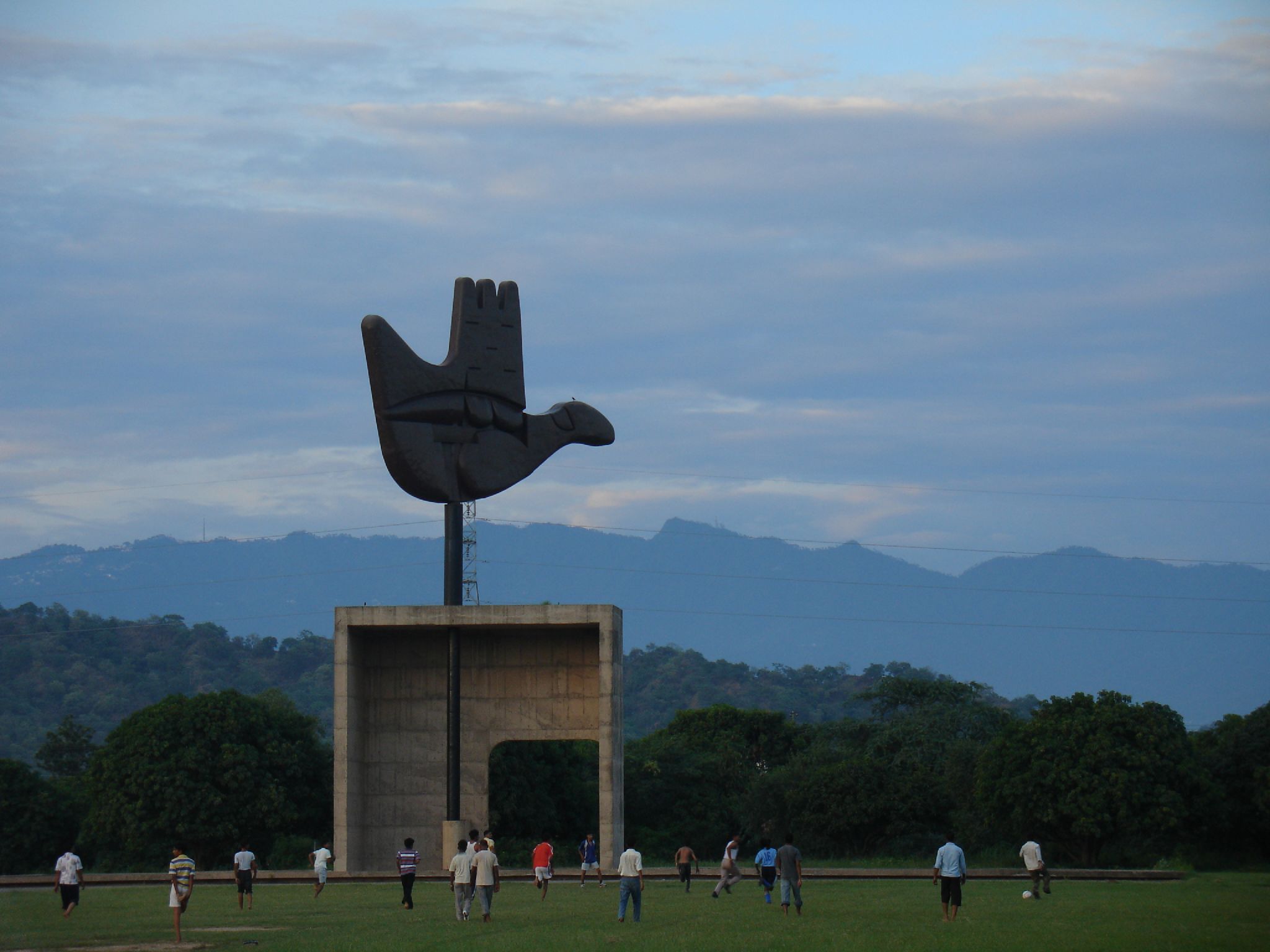
Chandigarh, the capital of both Punjab and Haryana, is a city known for its modern urban planning and green spaces. Designed by the famous Swiss-French architect Le Corbusier, it is one of the few planned cities in India, blending functionality with aesthetics. Wide roads, well-organized sectors, and abundant gardens make it a clean and pleasant destination for visitors. The city is also a gateway to the hill stations of Himachal Pradesh, making it a popular stopover for travelers.
One of the city’s most famous attractions is the Rock Garden, created by Nek Chand using waste materials and industrial scraps, which now stands as a unique open-air exhibition of creativity. The nearby Sukhna Lake offers boating, jogging, and serene sunrise and sunset views, making it a favorite spot for both locals and tourists. Other must-visit places include the Rose Garden, which hosts the annual Rose Festival, and the Capitol Complex, a UNESCO World Heritage Site.
Chandigarh is also a cultural hub, hosting art galleries, museums, and theaters that reflect both traditional Punjabi heritage and contemporary art. The Government Museum and Art Gallery, Le Corbusier Centre, and Tagore Theatre are some highlights for culture enthusiasts. The city also offers excellent shopping experiences at Sector 17 Plaza and a variety of cuisines at its vibrant restaurants and cafes.
With its perfect blend of greenery, culture, and modernity, Chandigarh is not just a city to explore but also to experience at a relaxed pace. Whether you are here for sightseeing, shopping, or simply enjoying the city’s clean and calm atmosphere, Chandigarh leaves a lasting impression.
Best time to visit: October to March
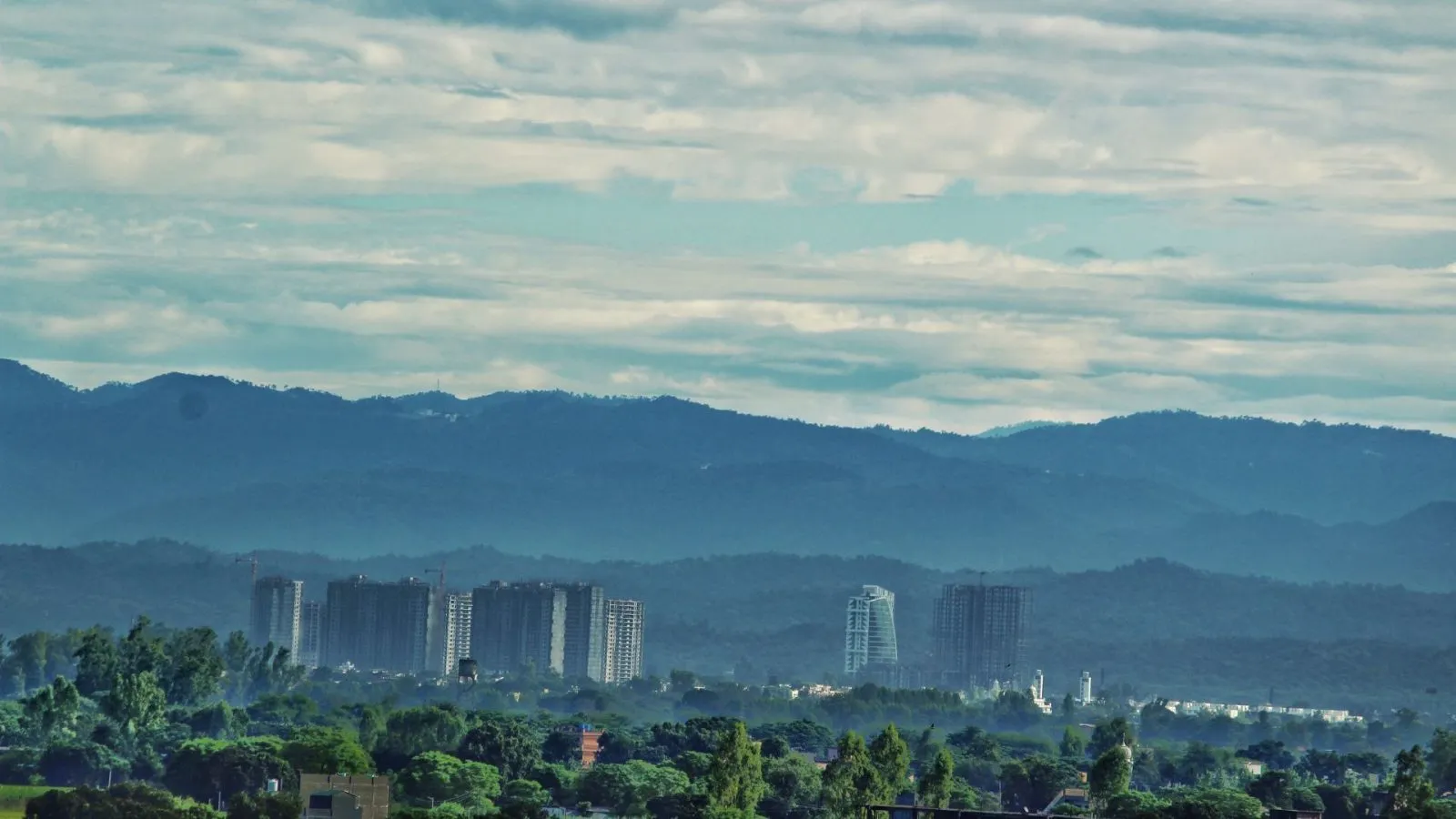
Mohali, officially known as Sahibzada Ajit Singh Nagar, is a rapidly developing city in Punjab that forms part of the Chandigarh Tricity along with Chandigarh and Panchkula. Known for its modern infrastructure, excellent connectivity, and vibrant lifestyle, Mohali has evolved from a quiet town into a bustling urban hub. It offers a mix of residential comfort, commercial growth, and leisure activities, making it appealing to both residents and tourists.
Sports lovers often associate Mohali with the iconic Punjab Cricket Association (PCA) Stadium, one of India’s premier cricket venues. Watching a live match here, especially under floodlights, is an electrifying experience. The city also has numerous parks, shopping malls, and entertainment centers, offering plenty of options for recreation and leisure.
Mohali is rich in cultural and historical significance as well. The Gurudwara Amb Sahib, an important Sikh shrine, attracts pilgrims from all over. The city also has proximity to several historical and religious sites in Punjab and Himachal Pradesh, making it a convenient base for exploration. In addition, Mohali’s food scene, influenced by Punjabi flavors, offers an irresistible mix of street food and fine dining experiences.
Best time to visit: October to March
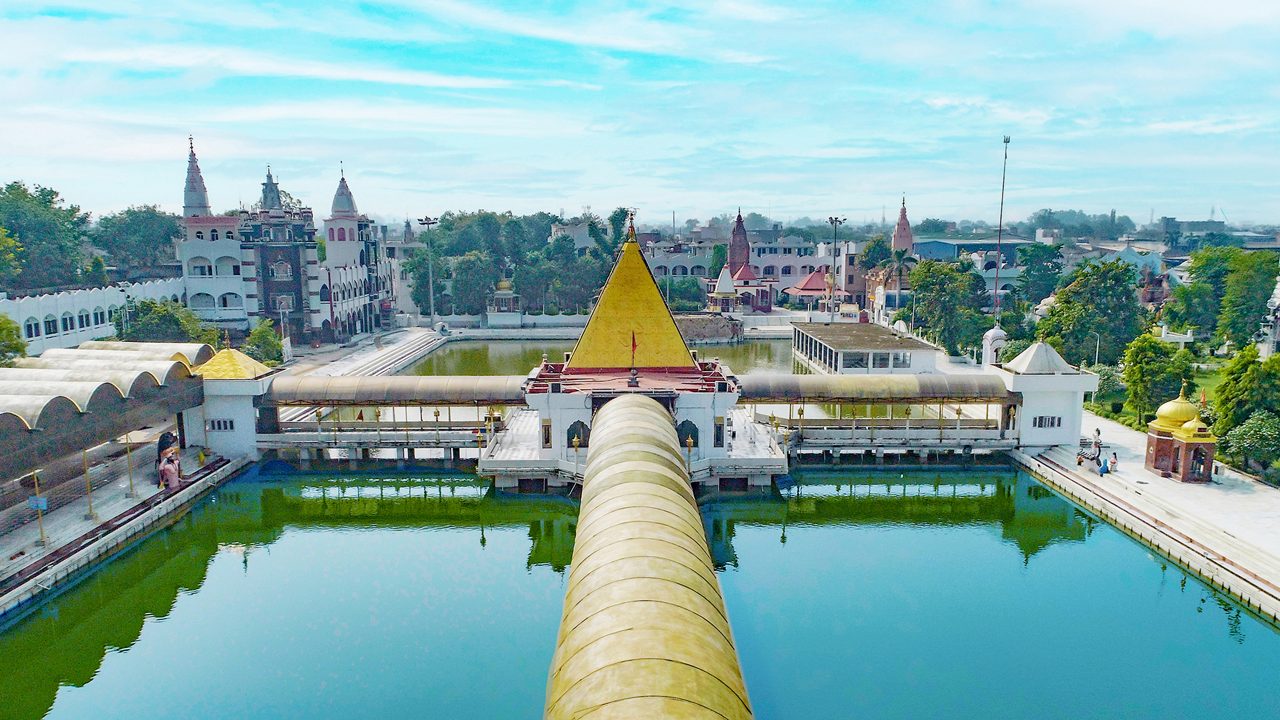
Jalandhar, one of the oldest cities in Punjab, is a vibrant blend of history, culture, and modernity. Known for its deep-rooted heritage, the city has played a significant role in Punjab’s historical and political landscape. Ancient temples, gurudwaras, and forts stand as reminders of its glorious past, while bustling markets and modern malls reflect its present-day dynamism.
The city is renowned for its sports industry, being one of the largest producers of sports goods in the world. Visitors can explore local markets to buy high-quality sports equipment or souvenirs. Jalandhar is also famous for its leather goods and handloom products, making shopping here a delightful experience.
Religious tourism is a major highlight, with sacred sites like Devi Talab Mandir, St. Mary’s Cathedral, and Gurudwara Chhevin Patshahi drawing devotees year-round. The city also hosts cultural events and fairs that showcase Punjabi folk music, dance, and cuisine, giving travelers a taste of the region’s vibrant traditions.
Jalandhar’s location makes it an excellent base for exploring nearby attractions such as Kapurthala, Nurmahal, and Sultanpur Lodhi. With its welcoming vibe, rich cultural heritage, and urban comforts, Jalandhar offers a fulfilling travel experience that combines the best of old and new Punjab.
Best time to visit: October to March
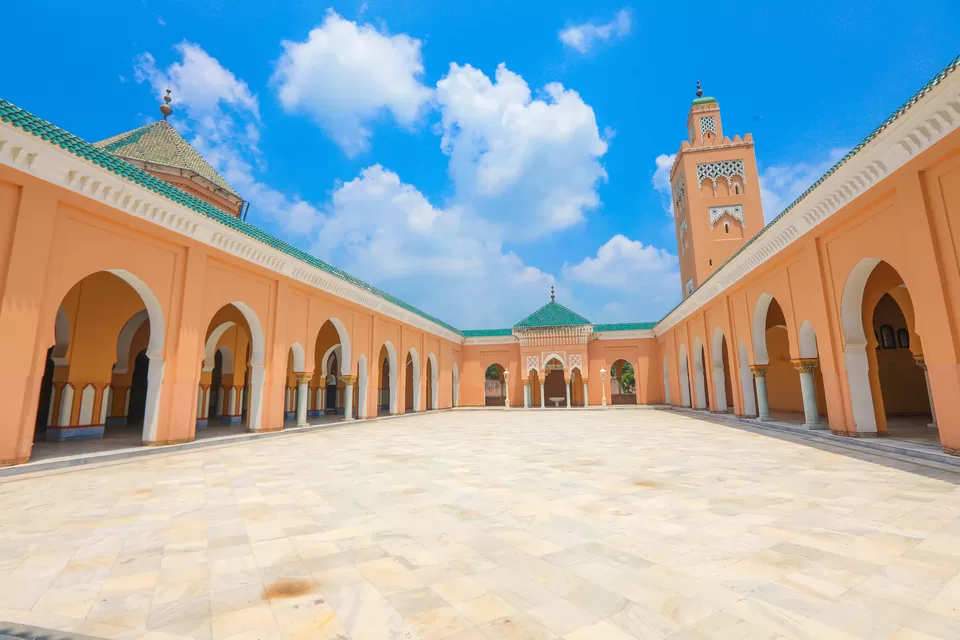
Kapurthala, often referred to as the “Paris of Punjab,” is renowned for its stunning architecture and royal heritage. Once the capital of the princely state of Kapurthala, the city reflects a unique blend of French, Indo-Saracenic, and Moorish styles in its monuments and palaces. Its streets, lined with historical buildings, tell the story of the city’s regal past and its association with Maharaja Jagatjit Singh, a great patron of art and culture.
One of the most remarkable landmarks in Kapurthala is the Jagatjit Palace, inspired by the Palace of Versailles in France. Other must-visit sites include the Moorish Mosque, Elysee Palace, and Shalimar Gardens, each showcasing exquisite craftsmanship and design. The city’s well-planned layout and heritage structures make it stand out among Punjab’s historical towns.
Kapurthala is also home to important spiritual sites such as the Panj Mandir and Gurudwara Ber Sahib, which hold great significance for devotees. Visitors can enjoy a peaceful atmosphere here, away from the hustle and bustle of bigger cities, while still experiencing the essence of Punjab’s cultural richness.
The city offers a delightful culinary experience, with local eateries serving authentic Punjabi flavors alongside influences from its multicultural heritage. Whether for its architecture, history, or culture, Kapurthala leaves travelers mesmerized with its royal charm.
Best time to visit: October to March
